Veterinary Neuropathology: Essentials of Theory and Practice Table of Contents
Preface ix
Foreword x
1 General neuropathology 1
1.1 Principles of neuroanatomy for diagnostic neuropathologists 1
1.1.1 Anatomical orientation by using the ventricular system 1
1.1.2 Major anatomical regions of interest 2
1.1.3 Histological neuroanatomy 7
1.2 Neuropathological techniques 11
1.2.1 Necropsy techniques 11
1.2.2 Brain sectioning, macroscopic inspection and sampling for histology 12
1.3 Basic tissue reaction patterns 14
1.3.1 Reactions of neurons to injury 14
1.3.2 Oligodendrocytes 20
1.3.3 Astrocytes 20
1.3.4 Microglia/macrophages 22
1.3.5 CSF spaces 23
1.3.6 Blood vessels 23
1.3.7 Disturbance of water balance: edema 24
1.3.8 Artifacts, postmortem degeneration, pseudolesions and old age 26
1.4 Recognizing major lesion patterns 28
1.4.1 The major lesion patterns 28
1.4.2 Lesion distribution pattern 31
1.4.3 Classifi cation of neurological diseases 31
1.4.4 General strategy 33
1.5 Neuropathology in the clinics: magnetic resonance imaging (MRI) 33
1.5.1 Basic MRI physics 33
1.5.2 Principles of interpretation 34
Further reading 36
Neuropathology general 36
Neurology/functional neuroanatomy 36
Neuroanatomy 37
Techniques for PNS and muscle 37
Basic tissue reaction patterns 37
Edema 37
Artifacts, pseudolesions, old age 37
Magnetic resonance imaging 37
2 Vascular disorders 38
2.1 Pathophysiology of ischemia 38
2.2 General strategy for diagnosing vascular lesions 38
2.3 Common vascular lesions 39
2.3.1 Vascular lesions of the brain 39
2.3.2 Vascular lesions of the spinal cord 44
2.3.3 Ischemia in the peripheral nervous system and muscles 46
Further reading 46
Cerebral infarcts 46
Hemorrhage 46
Hypertensive encehalopathy 46
Fibrocartilagenous emboli 47
Aortic thrombosis 47
3 Inflammatory diseases 48
3.1 Pathophysiology of inflammation 48
3.1.1 Entry and effect of infectious agents in the nervous system 48
3.1.2 Immune reaction of the host against the infectious agent in the CNS 48
3.1.3 Morphological aspects of the immune response 49
3.2 General strategy for diagnosis of inflammatory lesions 50
3.2.1 Recognizing major inflammatory reaction patterns 51
3.2.2 Determining the distribution pattern of the lesions 52
3.2.3 Specifi c features 52
3.3 Common CNS infections 54
3.3.1 Neurotropic viral infections 54
3.3.2 Viral granulomatous inflammation 58
3.3.3 Viral vasculitis 60
3.3.4 Viral leukoencephalitis 61
3.3.5 Bacterial infections 63
3.3.6 Mycotic and algal infections 68
3.3.7 Protozoal infections 69
3.3.8 Helminth infections 70
3.4 Non-infectious and immune-mediated inflammatory lesions 72
3.4.1 Definition 72
3.4.2 Neurological diseases assumed to be immune-mediated 73
Further reading 79
General 79
Neurotropic viral infections 79
Viral granulomatous infections 79
Viral vasculitis 79
Demyelinating viral infections 79
Bacterial infections 79
Fungal infections 80
Protozoal infections 80
Helminth infections 80
Non-infectious and Immune-mediated inflammatory disorders 80
4 Trauma 81
4.1 Pathophysiology of CNS trauma 81
4.1.1 Pathogenesis of brain trauma 81
4.1.2 Pathogenesis of spinal cord trauma 82
4.2 General strategy for diagnosis of traumatic CNS lesions 84
4.3 Traumatic nervous system diseases 85
4.3.1 Trauma of the brain 85
4.3.2 Traumatic spinal cord lesions 87
4.3.3 Trauma in the peripheral nervous system 89
Further reading 90
Pathophysiology of CNS trauma 90
Brain trauma 91
Intervertebral disc disease 91
Spinal malformations 91
Wobbler syndrome 91
Other causes of cord compression 91
Cauda equina syndrome 91
5 Congenital malformations 92
5.1 Pathophysiology 92
5.1.1 Ontogeny of the CNS 92
5.1.2 Etiology 92
5.2 General strategy for diagnosing anomalies of the CNS 93
5.3 Common malformations 93
5.3.1 Neural tube closure defects 93
5.3.2 Defects of forebrain induction 94
5.3.3 Neuronal migration disorders and sulcation defects 95
5.3.4 Disorders of proliferation or size 96
5.3.5 Encephaloclastic defects 97
5.3.6 Malformations in the caudal fossa and spinal cord 97
5.3.7 Congenital hydrocephalus and other anomalies of CSF pathways 100
Further reading 104
Neural tube closure defects 104
Defects of forebrain induction 104
Neuronal migration disorders and sulcation defects 104
Encephaloclastic defects 104
Cerebellar hypoplasia 104
Dandy Walker syndrome 104
Chiari malformation, Syringomyelia 104
Hydrocephalus 104
Arachnoidal and ependymal cysts 105
6 Metabolic–toxic diseases 106
6.1 General strategy for diagnosis of metabolic–toxic lesions 106
6.1.1 The major patterns 106
6.1.2 Further differential diagnosis 106
6.2 Encephalomalacias/myelomalacias 108
6.2.1 Polioencephalomalacia (PE) or cerebrocortical necrosis (CCN) 108
6.2.2 Polioencephalomalacia of subcortical structures and brainstem 114
6.2.3 Poliomyelomalacia 115
6.2.4 Leukoencephalomalacias 116
6.2.5 Encephalomalacias involving both gray and white matter 117
6.3 Acquired metabolic–toxic selective lesions 118
6.3.1 Neuronal degeneration 118
6.3.2 Axonal degeneration 121
6.3.3 Myelin degeneration 121
6.4 Spongy degeneration 122
6.5 Metabolic–toxic lesions of the peripheral nervous system (PNS) and skeletal muscle 124
6.5.1 Metabolic–toxic neuropathies 125
6.5.2 Metabolic–toxic myopathies 125
Further reading 126
General 126
Polioencephalomalacia large animals 126
Polioencephalomalacia in small animals 126
Hippocampal necrosis and sclerosis 126
Subcortical and brainstem encephalomalacias 126
Selenium poisoning 126
Equine leukomalacia 126
Enterotoxemia 126
CO poisoning 127
Metabolic toxic neuronal degenerations 127
Grass sickness 127
Acquired lysosomal storage diseases 127
Metabolic–toxic axonal degenerations 127
Irradiated feed-induced myelinopathy in cats 127
Toxic spongy degenerations 127
Hepatic encephalopathy 127
Toxic peripheral neuropathies 127
Metabolic peripheral neuropathies 128
Matabolic–toxic myopathies 128
7 Neoplasia 129
7.1 General strategy for diagnosis of neoplastic lesions 129
7.1.1 Clinic and diagnostic imaging 129
7.1.2 Interpretation of gross findings 129
7.1.3 Diagnosis 130
7.1.4 Grading 133
7.2 Tumors of neuroepithelial origin 133
7.2.1 Astrocytomas 133
7.2.2 Oligodendroglioma 137
7.2.3 Mixed gliomas (oligoastrocytomas) 139
7.2.4 Ependymoma 140
7.2.5 Choroid plexus tumors (papillomas and carcinomas) 142
7.2.6 Neuronal and mixed neuronal– glial tumors 143
7.2.7 Embryonal tumors 144
7.3 Tumors of cranial and spinal nerves 145
7.3.1 Benign PNST 145
7.3.2 Malignant peripheral nerve sheath tumors (MPNST) 147
7.4 Tumors of the meninges 147
7.4.1 Meningioma 147
7.4.2 Granular cell tumor 150
7.4.3 Mesenchymal tumors 151
7.5 Lymphomas and hematopoietic tumors 151
7.5.1 Primary T and B cell lymphomas 151
7.5.2 Intravascular lymphoma 151
7.5.3 Metastatic lymphoma 152
7.5.4 Primary CNS histiocytic sarcoma 152
7.6 Germ cell tumors 152
7.6.1 Germinoma 152
7.6.2 Teratoma 153
7.7 Embryonal tumors of nonneuroepithelial origin 153
7.7.1 Thoracolumbar spinal cord tumor (ectopic nephroblastoma) 153
7.8 Secondary or metastatic tumors 154
Further reading 155
General 155
Glial tumors 155
Choroid plexus tumors 155
Neuronal tumors 155
Embryonal tumors 155
PNS tumors 155
Meningiomas 155
Granular cell tumor 155
Mesenchymal tumors 155
Lymphomas and hemapoetic tumors 156
Germ cell tumors 156
Nephroblastoma 156
Metastatic tumors 156
8 Degenerative diseases 157
8.1 General strategy for differential diagnosis of degenerative lesions 157
8.1.1 Recognizing the major patterns 157
8.1.2 Further analysis 157
8.1.3 Diagnosis 159
8.2 Degeneration of neurons 159
8.2.1 General aspects 159
8.2.2 Motor neuron diseases 159
8.2.3 Cerebellar degenerations 162
8.2.4 Other neuronal degenerations 165
8.3 Axonal degenerations 166
8.3.1 Wallerian-like degenerative axonopathies 166
8.3.2 Axonopathies with prominent axonal swelling 171
8.4 Myelin disorders 173
8.4.1 Leukodystrophies 173
8.4.2 Myelin dysgenesis 177
8.5 Storage diseases 178
8.5.1 Lysosomal storage diseases 178
8.5.2 Neuronal ceroid lipofucsinoses (NCL) 181
8.5.3 Lafora’s disease 181
8.5.4 Acquired lysosomal storage diseases 182
8.6 Spongiform encephalopathies 182
8.6.1 Transmissible degenerative diseases 182
8.6.2 Neuropathology of TSE 183
8.6.3 TSEs in domestic animals 184
8.7 Spongy degenerations 185
8.7.1 Defi nition and general morphological features 185
8.7.2 Spongy degeneration in branchedchain organic acidurias 186
8.7.3 Spongy degenerations of other causes 187
8.8 Selective symmetrical encephalomalacias (SSE) 187
8.8.1 General morphological features 187
8.8.2 Mitochondrial encephalopathies in people and similar lesions in animals 187
8.9 Degenerative diseases of the peripheral nervous system and muscle 189
8.9.1 Degenerative polyneuropathies 189
8.9.2 Degenerative myopathies 189
Further reading 190
Motor neuron diseases 190
Cerebellar degenerations 190
Other neuronal degenerations 190
Alzheimer disease 190
Wallerian-like axonal degenerations 190
Degenerative myelopathy in old dogs 190
Wallerian-like degeneration in large animals 191
Neuroaxonal dystrophy 191
Leukodystrophies 191
Dysmyelination 191
Lysosomal storage diseases 191
Spongiform encephalopathies 191
Spongy degenerations 191
Selective symmetrical encephalomalacias 192
Degenerative diseases of the PNS and muscles 192
Index 193


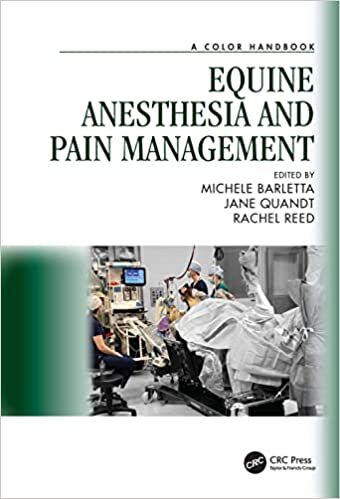



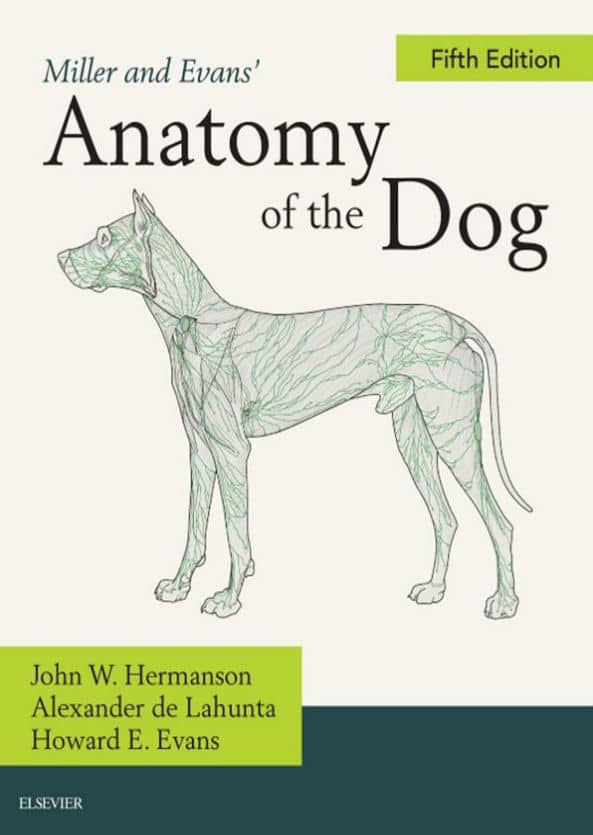



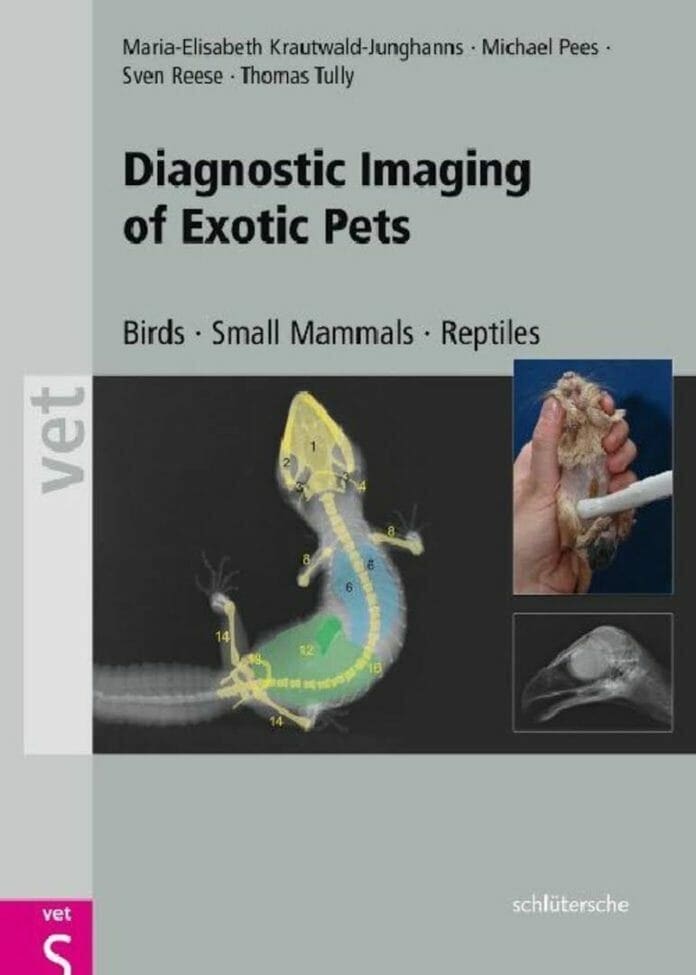
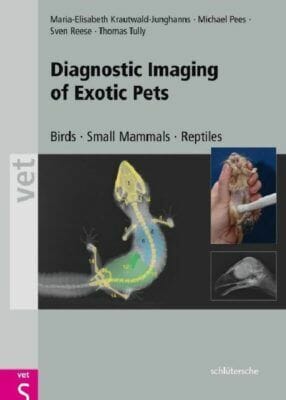
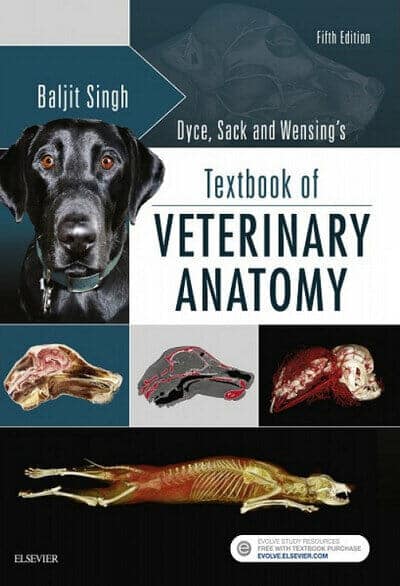
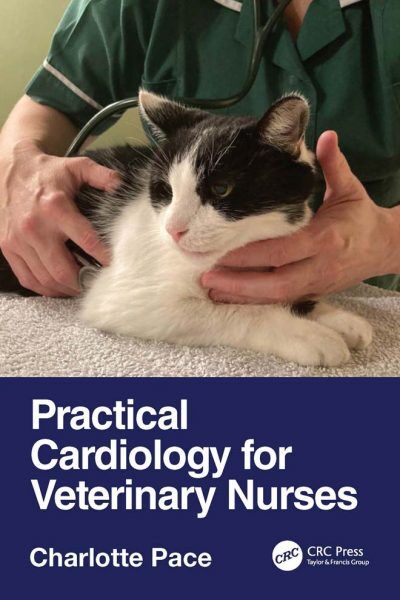
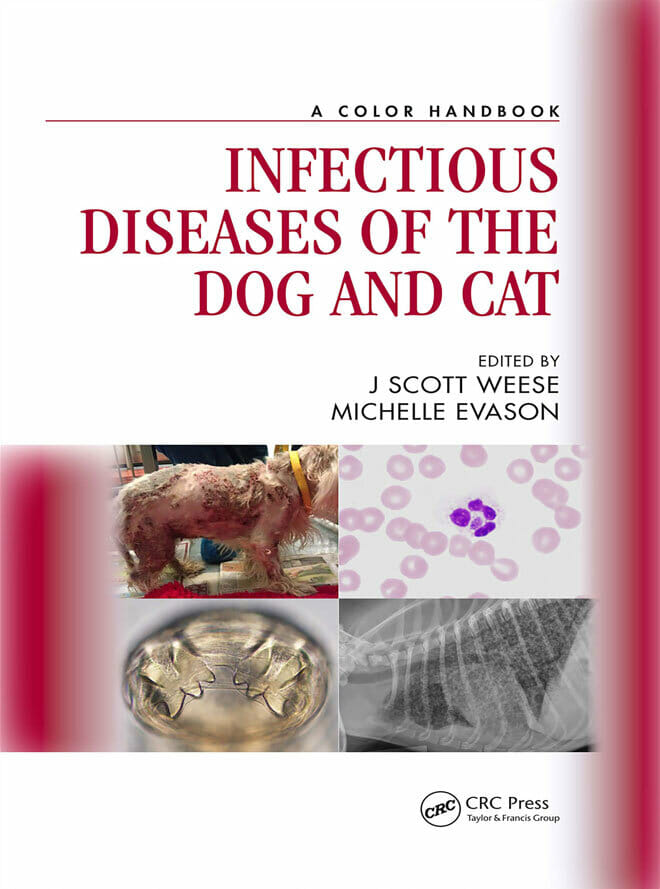
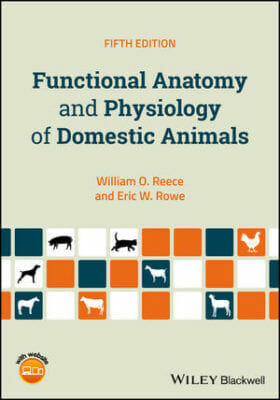




![Ettinger’s Textbook of Veterinary Internal Medicine 9th Edition [PDF+Videos] Ettinger’s Textbook of Veterinary Internal Medicine 9th Edition [True PDF+Videos]](https://www.vet-ebooks.com/wp-content/uploads/2024/10/ettingers-textbook-of-veterinary-internal-medicine-9th-edition-100x70.jpg)
![Textbook of Veterinary Diagnostic Radiology 8th Edition [PDF+Videos+Quizzes] Thrall’s Textbook of Veterinary Diagnostic Radiology, 8th edition PDF](https://www.vet-ebooks.com/wp-content/uploads/2019/09/textbook-of-veterinary-diagnostic-radiology-8th-edition-100x70.jpg)






